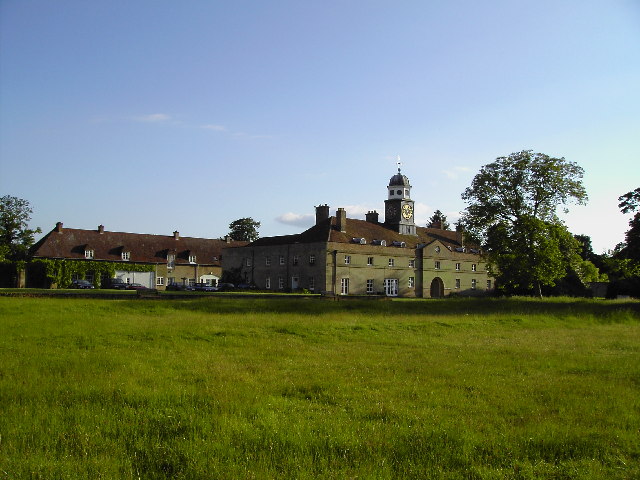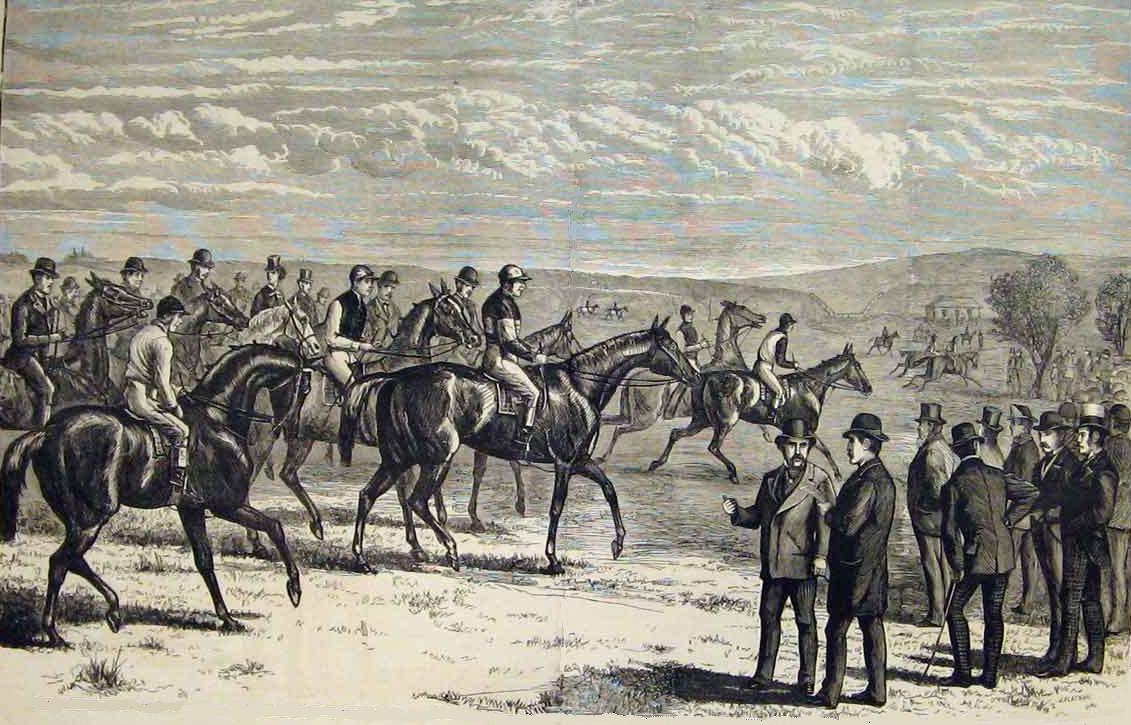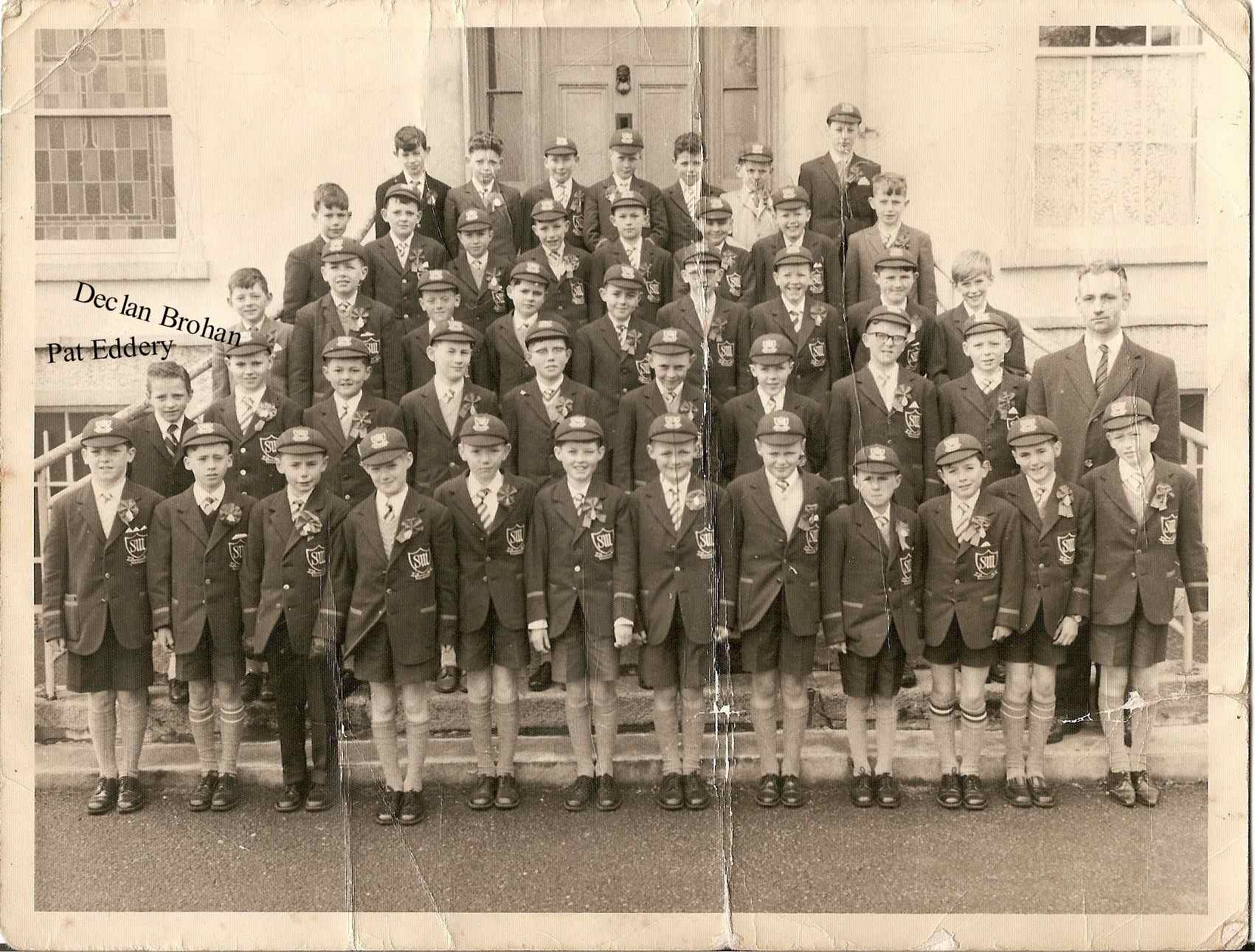|
Warning (British Horse)
Warning (13 April 1985 – 27 December 2000) was a British Thoroughbred racehorse and sire. He was the leading two-year-old colt in Europe in 1987 when he was unbeaten in four races including the Richmond Stakes and the Champagne Stakes. As a three-year-old he missed the British Classic Races but proved himself to be an outstanding specialist miler, winning the Sussex Stakes and the Queen Elizabeth II Stakes. He was less successful in 1989, but added a win in the Queen Anne Stakes. He was retired to stud at the end of that year and became a successful sire of winners in Britain and Japan. Background Warning was a dark bay or brown horse with a narrow white stripe and a white sock on his left hind leg bred by Juddmonte Farms, the breeding organisation of his owner Khalid Abdulla. The colt raced in Abdulla's green, pink and white racing silks and was trained at Pulborough, West Sussex by Guy Harwood. Warning was ridden in all his races by the Irish jockey Pat Eddery. He was sired ... [...More Info...] [...Related Items...] OR: [Wikipedia] [Google] [Baidu] |
Known Fact
Known Fact (17 March 1977 – 12 July 2000) was a Kentucky-bred British-trained racehorse and sire. He was the leading British miler of 1980, being awarded the 2000 Guineas on the disqualification of Nureyev and defeating Kris to win the Queen Elizabeth II Stakes. Background Known Fact was by sire of sires In Reality and out of a Tim Tam mare named Tamerett who also produced Secrettame the dam of the champion sire Gone West. Known Fact also has a half-brother, Tentam, who won many notable US stakes like the United Nations Stakes and the Metropolitan Handicap. Race career Known Fact excelled on English turf despite being out of American dirt horses. He started his two-year-old season with a second place in the Mill Reef Stakes and a win in the William Hill Middle Park Stakes. He then moved into his three-year-old year with strong wins the Queen Elizabeth II Stakes and the Two Thousand Guineas Stakes along with several other notable stakes. Known Fact was voted Champion Miler in ... [...More Info...] [...Related Items...] OR: [Wikipedia] [Google] [Baidu] |
Sire (horse)
Horse breeding is reproduction in horses, and particularly the human-directed process of selective breeding of animals, particularly purebred horses of a given breed. Planned matings can be used to produce specifically desired characteristics in domesticated horses. Furthermore, modern breeding management and technologies can increase the rate of conception, a healthy pregnancy, and successful foaling. Terminology The male parent of a horse, a stallion, is commonly known as the ''sire'' and the female parent, the mare, is called the ''dam''. Both are genetically important, as each parent genes can be existent with a 50% probability in the foal. Contrary to popular misuse, "colt" refers to a young male horse only; "filly" is a young female. Though many horse owners may simply breed a family mare to a local stallion in order to produce a companion animal, most professional breeders use selective breeding to produce individuals of a given phenotype, or breed. Alternatively, a br ... [...More Info...] [...Related Items...] OR: [Wikipedia] [Google] [Baidu] |
Broodmare
A mare is an adult female horse or other equine. In most cases, a mare is a female horse over the age of three, and a filly is a female horse three and younger. In Thoroughbred horse racing, a mare is defined as a female horse more than four years old. The word can also be used for other female equine animals, particularly mules and zebras, but a female donkey is usually called a "jenny". A broodmare is a mare used for breeding. A horse's female parent is known as its dam. Reproductive cycle Mares carry their young (called foals) for approximately 11 months from conception to birth. (Average range 320–370 days.)Ensminger, M. E. ''Horses and Horsemanship: Animal Agriculture Series.'' Sixth Edition. Interstate Publishers, 1990. p. 156 Usually just one young is born; twins are rare. When a domesticated mare foals, she nurses the foal for at least four to six months before it is weaned, though mares in the wild may allow a foal to nurse for up to a year. The estrous cycl ... [...More Info...] [...Related Items...] OR: [Wikipedia] [Google] [Baidu] |
Epsom Oaks
The Oaks Stakes is a Group 1 flat horse race in Great Britain open to three-year-old fillies. It is run at Epsom Downs over a distance of 1 mile, 4 furlongs and 6 yards (2,420 metres), and it is scheduled to take place each year in late May or early June. It is the second-oldest of the five Classic races, after the St Leger. Officially the Cazoo Oaks, it is also popularly known as simply The Oaks. It has increasingly come to be referred to as the Epsom Oaks in both the UK and overseas countries, although 'Epsom' is not part of the official title of the race.) It is the third of Britain's five Classic races to be held during the season, and the second of two restricted to fillies. It can also serve as the middle leg of the Fillies' Triple Crown, preceded by the 1000 Guineas and followed by the St Leger, although the feat of winning all three is rarely attempted. History The event is named after ... [...More Info...] [...Related Items...] OR: [Wikipedia] [Google] [Baidu] |
Darley Arabian
The Darley Arabian (foaled c. 1700) was one of three dominant foundation sires of modern Thoroughbred horse racing bloodstock. The other two founders were the Godolphin Arabian and the Byerley Turk. This bay Arabian horse was bought in Aleppo, Syria, by Thomas Darley in 1704 and shipped to Aldby Park in England, as a present for his brother. One author in 1840 described Darley Arabian's arrival in England during the reign of Queen Anne as the event which "forms the great epoch from which the history of the Turf '' turf racing"">Flat_racing.html" ;"title="s in "Flat racing">turf racing"' should be dated". There he stood at stud, usually private but sometimes open to outside mares. He was the leading sire in Great Britain and Ireland in 1722. By all accounts, the Darley Arabian stood about 15 hands high and was of substantial beauty and refinement.Ahnert, Rainer L. (editor in chief), "Thoroughbred Breeding of the World", Pozdun Publishing, Germany, 1970 The Darley Arabian ... [...More Info...] [...Related Items...] OR: [Wikipedia] [Google] [Baidu] |
Godolphin Arabian
The Godolphin Arabian (–1753), also known as the Godolphin Barb, was an Arabian horse who was one of three stallions that founded the modern Thoroughbred (the others were the Darley Arabian and the Byerley Turk). He was named after his best-known owner, Francis Godolphin, 2nd Earl of Godolphin. Origins The Godolphin Arabian was foaled about 1724 in Yemen and moved several times before reaching England. At some early age, he was exported, probably via Syria, to the stud of the bey of Tunis. From there he was given to Louis XV of France in 1730. It is believed he was a present from monarch to monarch. Not valued by his new French owner, it is believed he was used as a carthorse. The horse was then imported from France by Edward Coke and sent to his stud at Longford Hall, Derbyshire, where he remained until the death of his owner in 1733. He was bequeathed to Roger Williams, "proprietor of the St. James's Coffee House", who inherited Coke's stallions. He was bought by the 2nd ... [...More Info...] [...Related Items...] OR: [Wikipedia] [Google] [Baidu] |
2000 Guineas
The 2000 Guineas Stakes is a Group 1 flat race in Great Britain open to three-year-old thoroughbred colts and fillies. It is run on the Rowley Mile at Newmarket over a distance of 1 mile (1,609 metres) and scheduled to take place each year at the start of May. It is one of Britain's five Classic races, and at present it is the first to be run in the year. It also serves as the opening leg of the Triple Crown, followed by the Derby and the St Leger, although the feat of winning all three has been rarely attempted in recent decades. History The 2000 Guineas Stakes was first run on 18 April 1809, and it preceded the introduction of a version for fillies only, the 1000 Guineas Stakes, by five years. Both races were established by the Jockey Club under the direction of Sir Charles Bunbury, who had earlier co-founded the Derby at Epsom. The races were named according to their original prize funds ( ... [...More Info...] [...Related Items...] OR: [Wikipedia] [Google] [Baidu] |
Pat Eddery
Patrick James John Eddery (18 March 1952 – 10 November 2015) was an Irish flat racing jockey and trainer. He rode three winners of the Derby and was Champion Jockey on eleven occasions. He rode the winners of 4,632 British flat races, a figure exceeded only by Sir Gordon Richards. Background Eddery was born in Newbridge, County Kildare, less than 2 miles from the Curragh Racecourse, and his birth was registered in Dublin. He was the fifth child of Jimmy Eddery, a jockey who rode Panaslipper to win the Irish Derby in 1955, and Josephine (the daughter of jockey Jack Moylan). His brother, Paul, also went on to become a jockey. He attended the Patrician Brothers' Primary School in Newbridge and when the family later moved to Blackrock, the Oatlands Primary School in Stillorgan. Riding career Since early childhood, Pat Eddery's most frequent dreams were to be the champion jockey and winning the Derby. Eddery began his career as an apprentice jockey in Ireland with the st ... [...More Info...] [...Related Items...] OR: [Wikipedia] [Google] [Baidu] |
Jockey
A jockey is someone who rides horses in horse racing or steeplechase racing, primarily as a profession. The word also applies to camel riders in camel racing. The word "jockey" originated from England and was used to describe the individual who rode horses in racing. They must be light, typically around a weight of 100-120 lb., and physically fit. They are typically self-employed and are paid a small fee from the horse trainer and a percentage of the horse's winnings. Jockeys are mainly male, though there are some well-known female jockeys too. The job has a very high risk of debilitating or life-threatening injuries. Etymology The word is by origin a diminutive of ''jock'', the Northern English or Scots colloquial equivalent of the first name ''John'', which is also used generically for "boy" or "fellow" (compare ''Jack'', ''Dick''), at least since 1529. A familiar instance of the use of the word as a name is in "Jockey of Norfolk" in Shakespeare's ''Richard III''. v. 3, ... [...More Info...] [...Related Items...] OR: [Wikipedia] [Google] [Baidu] |
West Sussex
West Sussex is a county in South East England on the English Channel coast. The ceremonial county comprises the shire districts of Adur, Arun, Chichester, Horsham, and Mid Sussex, and the boroughs of Crawley and Worthing. Covering an area of 1,991 square kilometres (769 sq mi), West Sussex borders Hampshire to the west, Surrey to the north, and East Sussex to the east. The county town and only city in West Sussex is Chichester, located in the south-west of the county. This was legally formalised with the establishment of West Sussex County Council in 1889 but within the ceremonial County of Sussex. After the reorganisation of local government in 1974, the ceremonial function of the historic county of Sussex was divided into two separate counties, West Sussex and East Sussex. The existing East and West Sussex councils took control respectively, with Mid Sussex and parts of Crawley being transferred to the West Sussex administration from East Sussex. In the 2011 censu ... [...More Info...] [...Related Items...] OR: [Wikipedia] [Google] [Baidu] |
Pulborough
Pulborough is a large village and civil parish in the Horsham district of West Sussex, England, with some 5,000 inhabitants. It is located almost centrally within West Sussex and is south west of London. It is at the junction of the north–south A29 and the east–west ( A283) roads. The village is near the confluence of the River Arun and the River Rother, on the Stane Street Roman road from London to Chichester. It looks southwards over the broad flood plain of the tidal Arun to a backdrop of the South Downs. It is on the northern boundary of the newly established South Downs National Park. The parish covers an area of 5,183 acres (2,098 hectares). The twelfth-century parish church is dedicated to St Mary. In the 2001 census there were 4,685 people living in 1,976 households of whom 2,333 were economically active. At the 2011 Census the population of Bignor was included and the total population was 5,206. History Historically, it was a fording place over the R ... [...More Info...] [...Related Items...] OR: [Wikipedia] [Google] [Baidu] |
Racing Silks
A jockey is someone who rides horses in horse racing or steeplechase racing, primarily as a profession. The word also applies to camel riders in camel racing. The word "jockey" originated from England and was used to describe the individual who rode horses in racing. They must be light, typically around a weight of 100-120 lb., and physically fit. They are typically self-employed and are paid a small fee from the horse trainer and a percentage of the horse's winnings. Jockeys are mainly male, though there are some well-known female jockeys too. The job has a very high risk of debilitating or life-threatening injuries. Etymology The word is by origin a diminutive of ''jock'', the Northern English or Scots colloquial equivalent of the first name ''John'', which is also used generically for "boy" or "fellow" (compare ''Jack'', ''Dick''), at least since 1529. A familiar instance of the use of the word as a name is in "Jockey of Norfolk" in Shakespeare's ''Richard III''. v. 3, 3 ... [...More Info...] [...Related Items...] OR: [Wikipedia] [Google] [Baidu] |

_(8536503249).jpg)




.png)